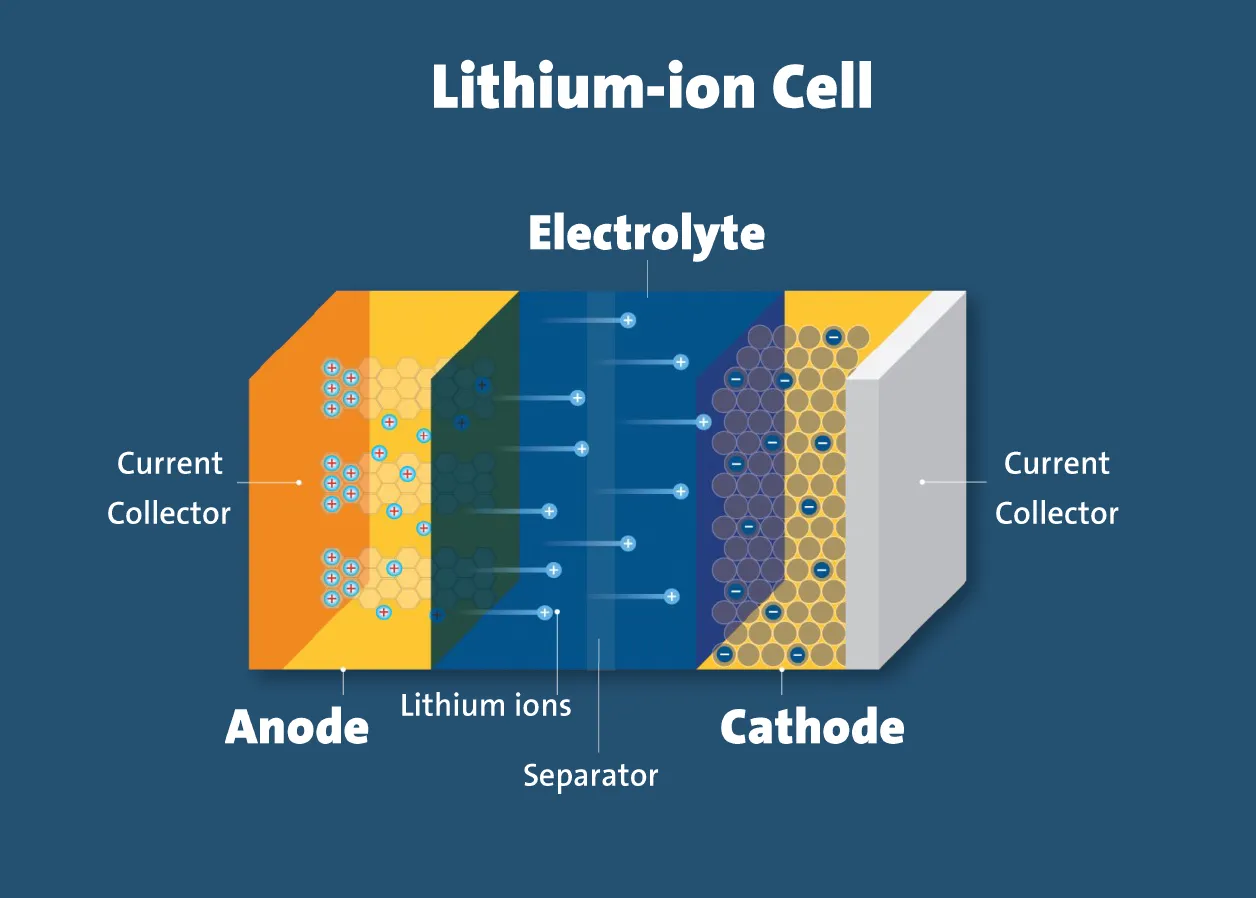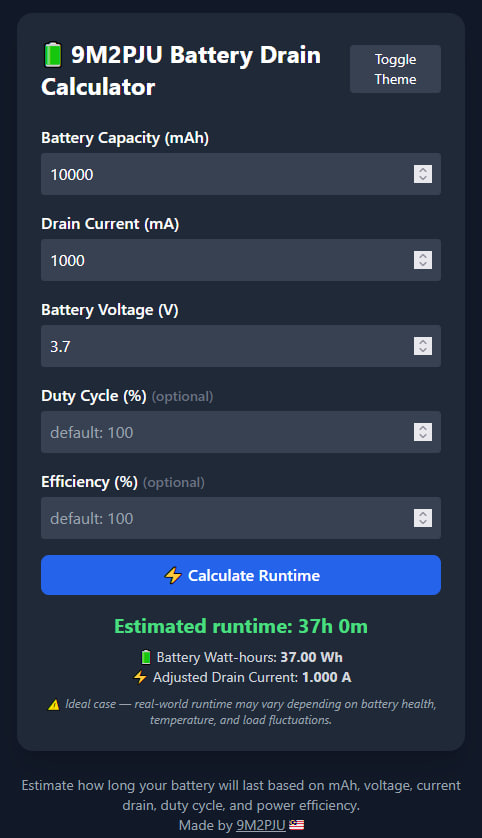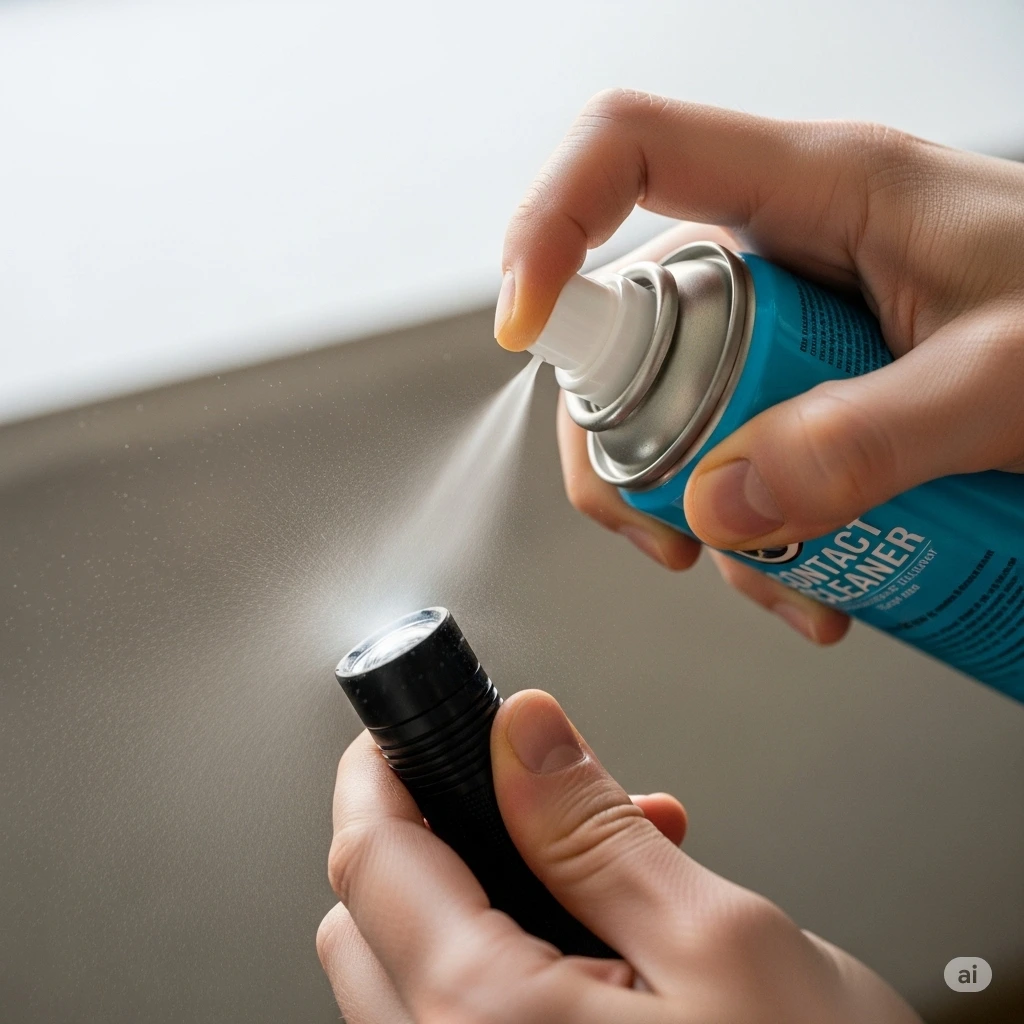Choosing the Best Lithium-Ion Battery for Flashlight Use: NCR, INR, ICR, or IMR?
When it comes to selecting the best lithium-ion battery for your flashlight, the decision can be quite complex given the various types available: NCR (Nickel Cobalt Rechargeable), INR (Nickel Manganese Cobalt Rechargeable), ICR (Lithium Cobalt Rechargeable), and IMR (Lithium Manganese Rechargeable). Each type has distinct characteristics that make it more suitable for specific applications. Let’s dive into what makes each type unique and determine which is best for flashlights.
NCR (Nickel Cobalt Rechargeable)
Pros:
- High energy density
- Longer cycle life
Cons:
- Higher cost
- Slightly lower discharge rate compared to IMR and INR
Applications: NCR batteries are typically used in applications that require long runtimes, such as electric vehicles, high-end laptops, and some power tools. However, their slightly lower discharge rate makes them less ideal for high-drain devices like flashlights.
INR (Nickel Manganese Cobalt Rechargeable)
Pros:
- Balanced performance with good energy density and high discharge rate
- Relatively safer due to the presence of manganese
Cons:
- Slightly lower energy density compared to ICR
Applications: INR batteries are commonly found in power tools, electric bikes, and some medical devices due to their balance of safety, capacity, and discharge rate. This balance makes them a viable option for flashlights, providing both sufficient runtime and power.
ICR (Lithium Cobalt Rechargeable)
Pros:
- High energy density
Cons:
- Lower discharge rate
- Higher risk of thermal runaway
Applications: ICR batteries are typically used in electronics like smartphones, tablets, and cameras where high energy density is crucial and discharge rates are moderate. Their lower discharge rate and safety concerns make them less suitable for flashlights.
IMR (Lithium Manganese Rechargeable)
Pros:
- High discharge rate
- Safer with better thermal stability
Cons:
- Lower energy density
Applications: IMR batteries are known for their high-drain capabilities, making them ideal for devices that require a lot of power in short bursts, such as vaping devices, flashlights, and high-performance power tools. Their excellent thermal stability also enhances safety, which is a critical consideration for handheld devices like flashlights.
Best Choice for Flashlights
Given the demands of flashlights, which typically require high discharge rates and good thermal stability, IMR (Lithium Manganese Rechargeable) batteries stand out as the best option. Their high discharge rate ensures that your flashlight can produce a bright, consistent beam, while their thermal stability minimizes the risk of overheating, enhancing both performance and safety.
Summary:
- For High Energy Density: ICR and NCR batteries are preferable.
- For High Discharge Rate: IMR and INR batteries are better suited.
- For Safety and Thermal Stability: IMR batteries are typically the safest.
- For Balanced Performance: INR batteries offer a good compromise between energy density, discharge rate, and safety.
In conclusion, while each type of lithium-ion battery has its advantages, IMR batteries are the best choice for flashlights due to their high discharge rate and superior safety profile. Whether you’re an outdoor enthusiast, a professional, or simply need a reliable light source, opting for IMR batteries will ensure your flashlight performs at its best.







Post Comment